These 15 Actors Became Icons of the Western Film Era
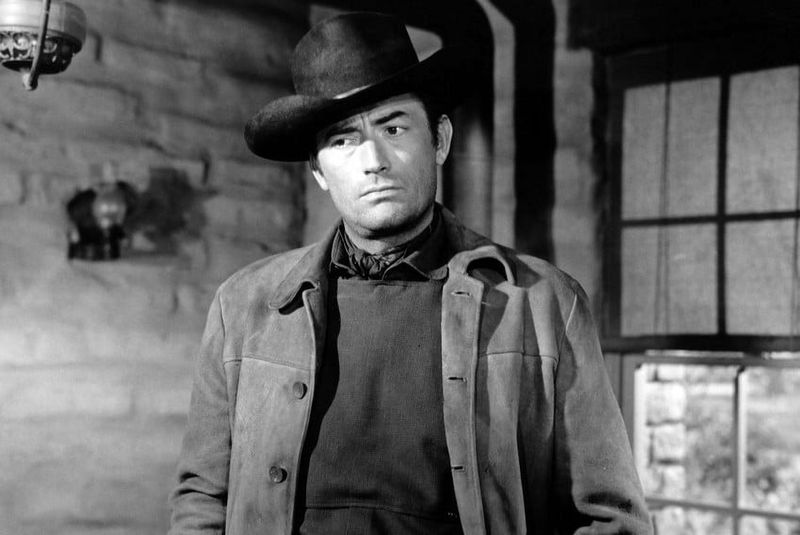
The Western movie genre has given us some of the most iconic characters and unforgettable performances in film history. From dusty saloons to dramatic showdowns at high noon, these actors didn’t just play cowboys—they became legends who defined what it means to be a hero of the American frontier. Their performances captured the spirit of the Wild West and helped shape our understanding of American history and mythology.
1. Clint Eastwood
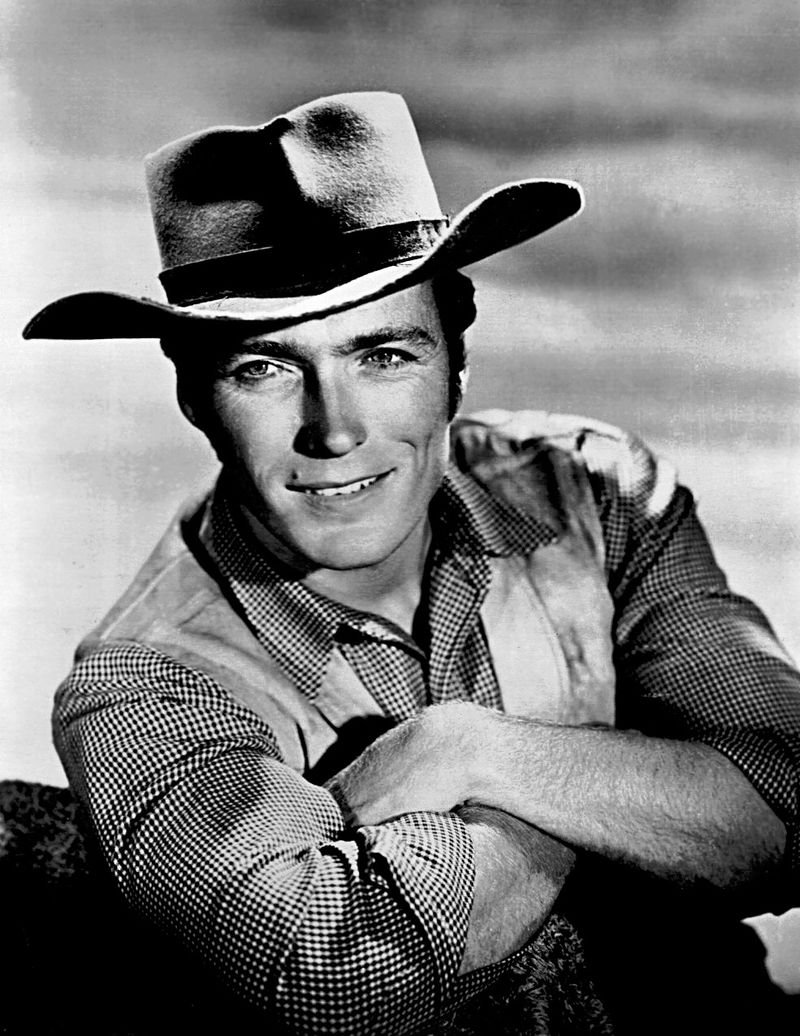
Squinting into the sun with a cigar clenched between his teeth, Clint Eastwood revolutionized the Western with his portrayal of the mysterious gunslinger in Sergio Leone’s “Dollars Trilogy.” His minimal dialogue and maximum intensity created a new type of anti-hero that audiences couldn’t get enough of.
Later directing and starring in classics like “Unforgiven,” Eastwood bridged the gap between traditional Westerns and more complex moral tales. His lean, mean approach to cowboy characters brought a psychological depth previously unseen in the genre.
2. John Wayne
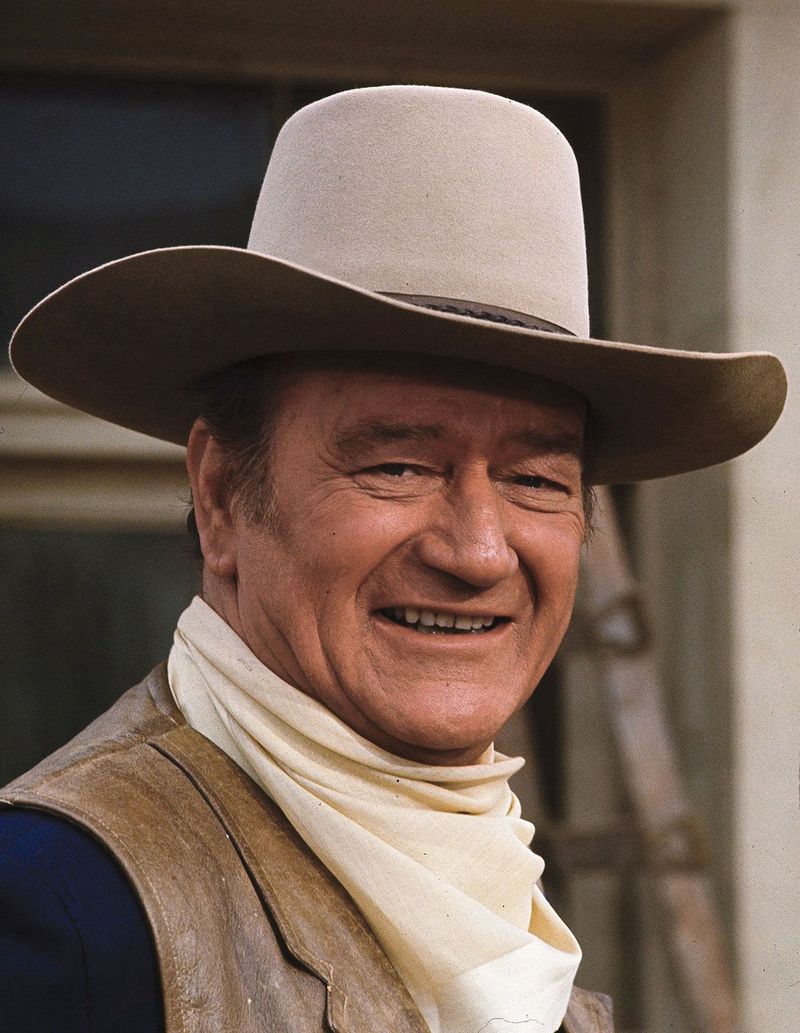
Standing tall at 6’4″ with his distinctive drawl, John Wayne embodied the American cowboy for generations. His collaboration with director John Ford produced masterpieces like “The Searchers” and “Stagecoach” that set the standard for all Westerns that followed.
Wayne’s walk was as recognizable as his talk – that confident, slightly bowlegged stride became his trademark. Though sometimes criticized for simplified portrayals of frontier justice, his 50-year career and more than 70 Westerns secured his place as the genre’s undisputed king.
3. Gary Cooper

“High Noon” gave us Gary Cooper’s most enduring performance as Marshal Will Kane, facing certain death with stoic determination. His Academy Award-winning role showcased the moral fortitude that became his hallmark in Westerns.
Cooper’s understated acting style brought authenticity to every gunslinger and lawman he portrayed. Rather than relying on flashy tricks, he communicated volumes through subtle expressions and measured movements. His tall, lanky frame and weathered good looks made him the perfect physical embodiment of the mythic Western hero.
4. Henry Fonda
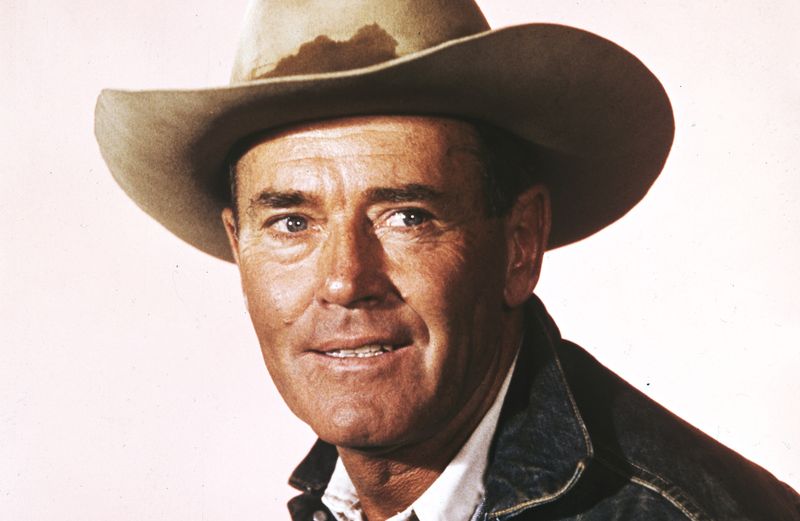
Henry Fonda shocked audiences by playing against type as the cold-blooded villain in “Once Upon a Time in the West.” This brilliant casting choice by Sergio Leone revealed Fonda’s incredible range beyond the noble heroes he usually portrayed.
In classics like “My Darling Clementine,” Fonda brought intellectual depth to Wyatt Earp that elevated the entire genre. His piercing blue eyes could convey honor in one film and merciless cruelty in another. Few actors managed to explore both the heroic and villainous sides of the Western mythology with such conviction.
5. James Stewart
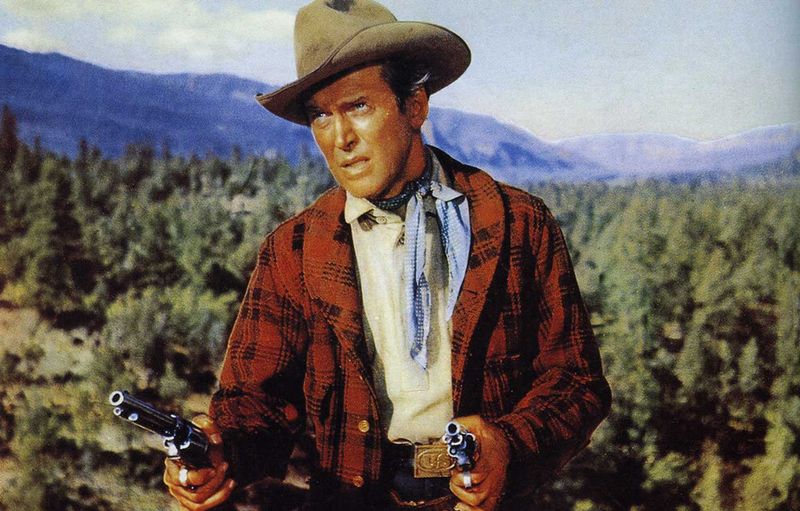
James Stewart brought emotional vulnerability to his Western heroes that was revolutionary for the genre. His collaborations with director Anthony Mann created psychological Westerns like “Winchester ’73” that explored deeper themes of revenge and redemption.
Stewart’s slightly stammering delivery and lanky physique might have seemed at odds with traditional cowboy toughness. Yet he used these qualities to create complex characters who fought inner demons alongside outward enemies. His performance in “The Man Who Shot Liberty Valance” perfectly captured the conflict between myth and reality in the American West.
6. Lee Van Cleef
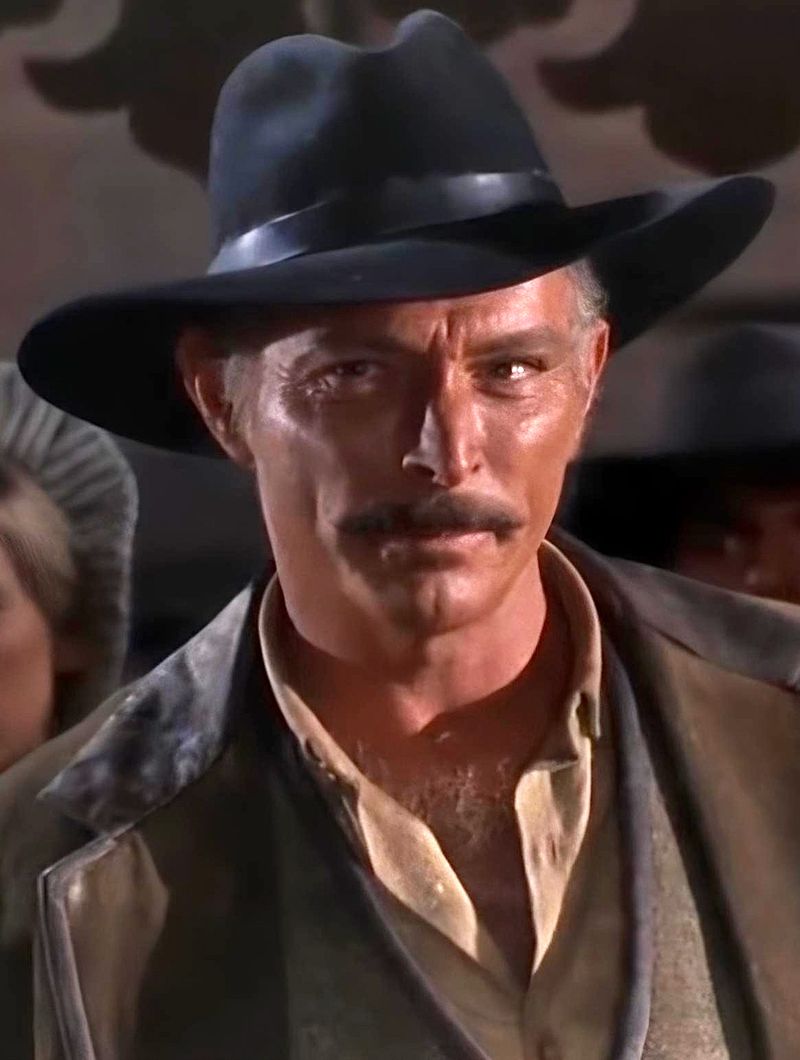
Those narrow eyes could freeze a rattlesnake! Lee Van Cleef started as a bit player in Westerns before Sergio Leone made him a star in “For a Few Dollars More” and “The Good, the Bad and the Ugly.” His hawk-like features and menacing gaze made him the perfect Western villain.
Later in his career, Van Cleef flipped the script by playing heroic characters in films like “Death Rides a Horse.” His lean, mean presence brought instant credibility to any Western role. Whether playing a black-hearted villain or a righteous bounty hunter, his intensity commanded the screen.
7. Sam Elliott
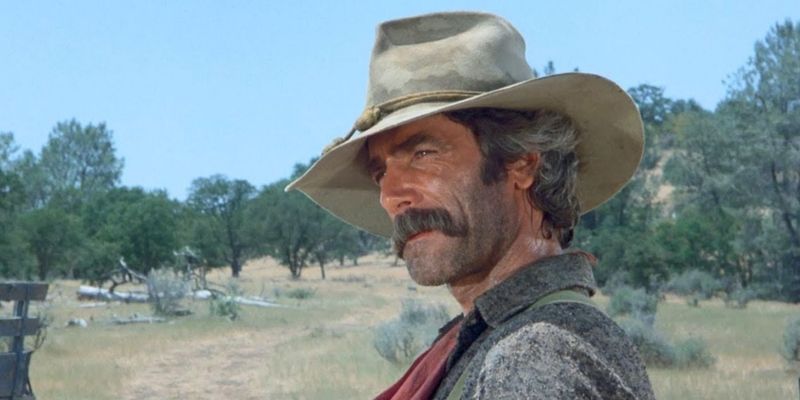
That rumbling baritone voice! Sam Elliott’s distinctive mustache and deep drawl have made him the embodiment of the Western spirit in modern cinema. Beginning with smaller roles in classics like “Butch Cassidy and the Sundance Kid,” Elliott gradually became the keeper of the genre’s flame.
His performances in “Tombstone” and “The Quick and the Dead” showcased his ability to evoke the spirit of classic Westerns while bringing contemporary sensibilities. Elliott’s continued presence in Western-themed projects like “The Ranch” and “The Big Lebowski” (with its Western narrator) has kept the genre alive for new generations.
8. Charles Bronson
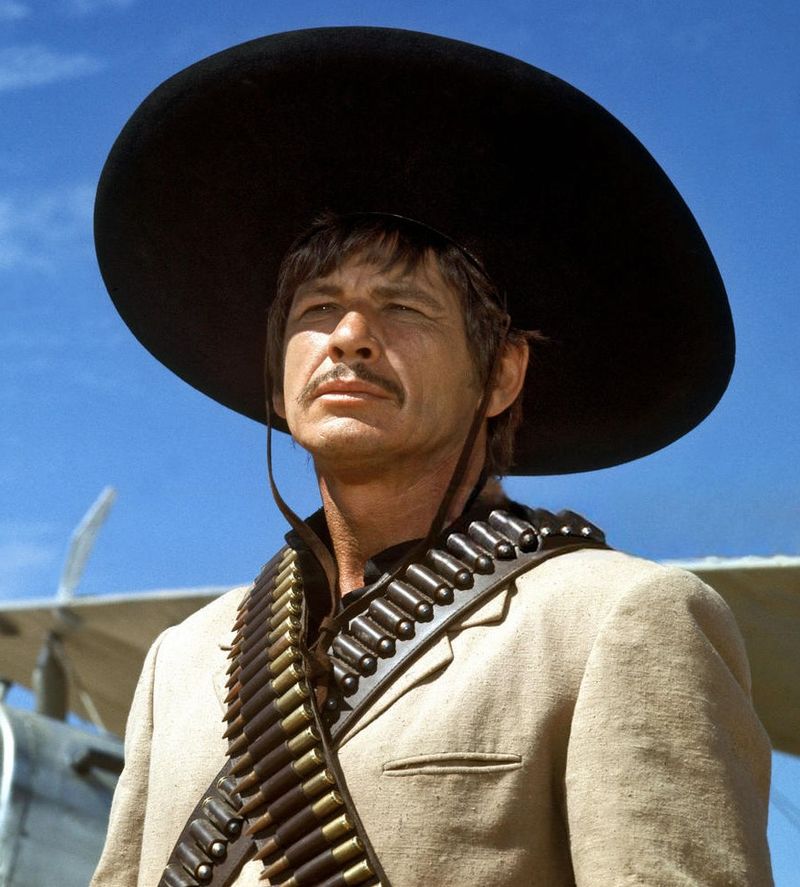
Charles Bronson’s weathered face told stories without words. Rising from bit parts to starring roles, his breakthrough came as the harmonica-playing avenger in Sergio Leone’s masterpiece “Once Upon a Time in the West.”
Bronson’s minimalist acting style perfectly suited the Western genre’s emphasis on action over dialogue. His stone-faced determination and physical presence made him believable as both victim and vigilante. Unlike more conventionally handsome Western stars, Bronson’s rugged features suggested a man truly shaped by frontier hardships.
9. Randolph Scott
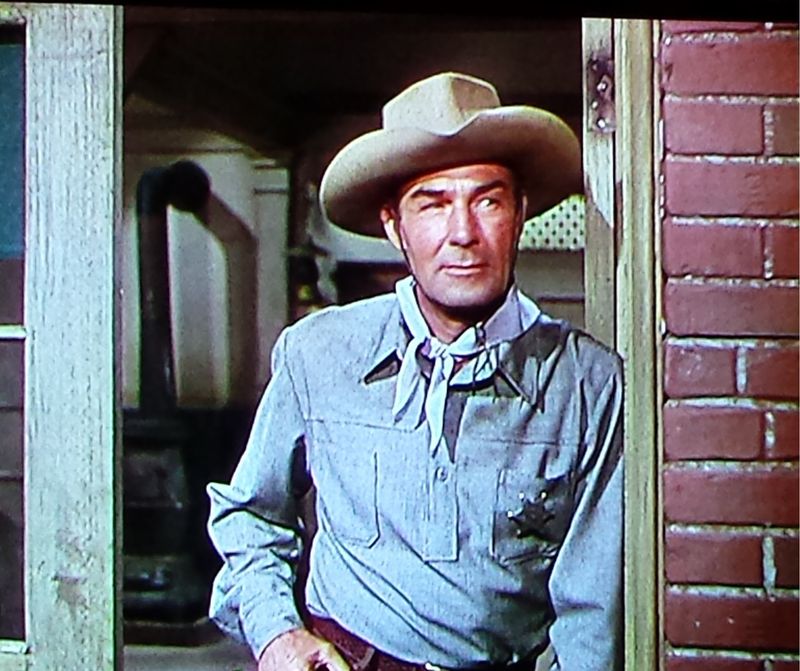
Randolph Scott’s career spanned from silent films to the 1960s, making him one of the most enduring Western stars in Hollywood history. His final seven collaborations with director Budd Boetticher created lean, elegant Westerns that influenced filmmakers for generations.
Scott’s dignified presence and moral authority made him the quintessential Western hero long before John Wayne claimed that title. His characters typically embodied quiet integrity rather than showboating bravado. In films like “Ride the High Country,” Scott brought emotional depth to what could have been standard genre fare.
10. Yul Brynner
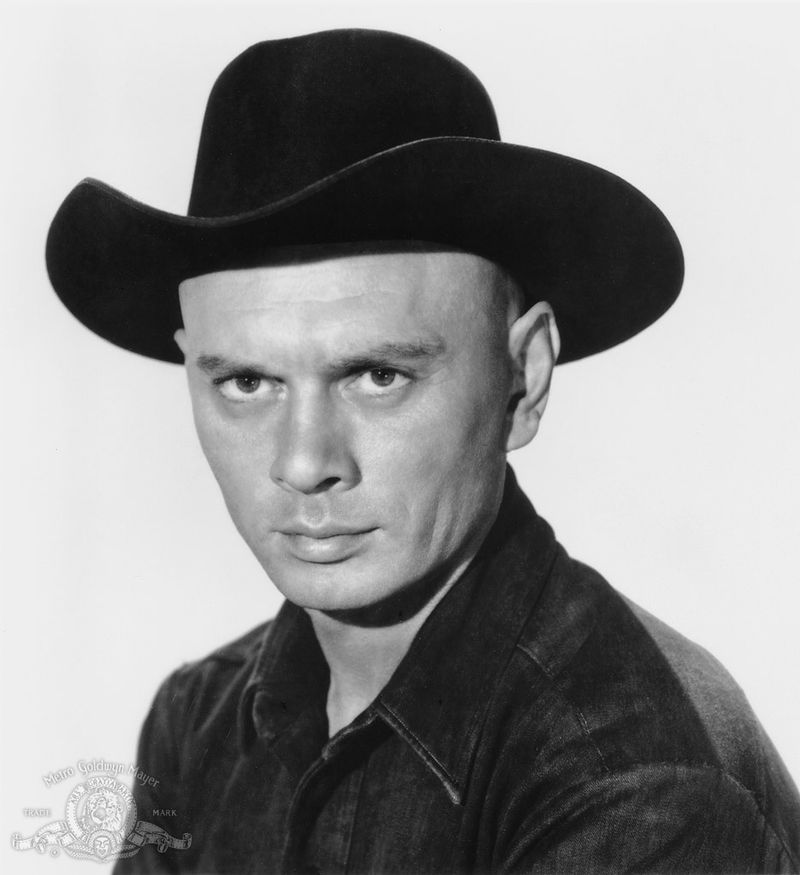
Bald head gleaming in the sun, Yul Brynner brought exotic charisma to Westerns with his unforgettable performance in “The Magnificent Seven.” As Chris Adams, the black-clad mercenary with a moral code, Brynner created one of cinema’s most iconic gunslingers.
His background in musical theater gave Brynner a commanding physical presence that translated perfectly to Western heroics. Though he made relatively few films in the genre, his impact was enormous. Brynner’s unique look and intensity helped expand the Western beyond traditional American cowboy archetypes.
11. Kevin Costner
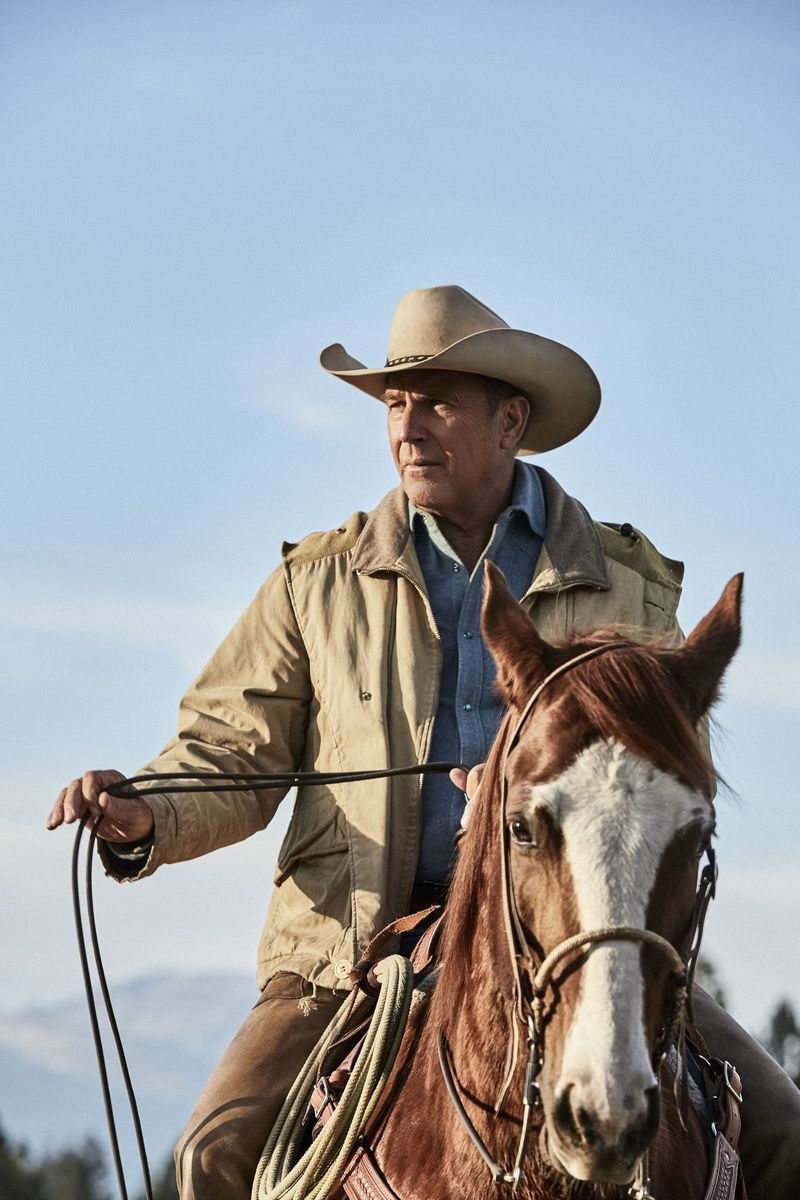
Kevin Costner breathed new life into the Western genre with his Oscar-winning epic “Dances with Wolves” in 1990. When Hollywood had all but abandoned frontier tales, Costner directed and starred in this three-hour masterpiece that approached Native American characters with unprecedented respect.
His subsequent Westerns like “Open Range” and “Silverado” showed his deep commitment to the genre. Costner’s television series “Yellowstone” has continued this tradition, bringing Western themes into contemporary settings. His straightforward, earnest approach to heroism connects directly to the genre’s golden age.
12. Eli Wallach
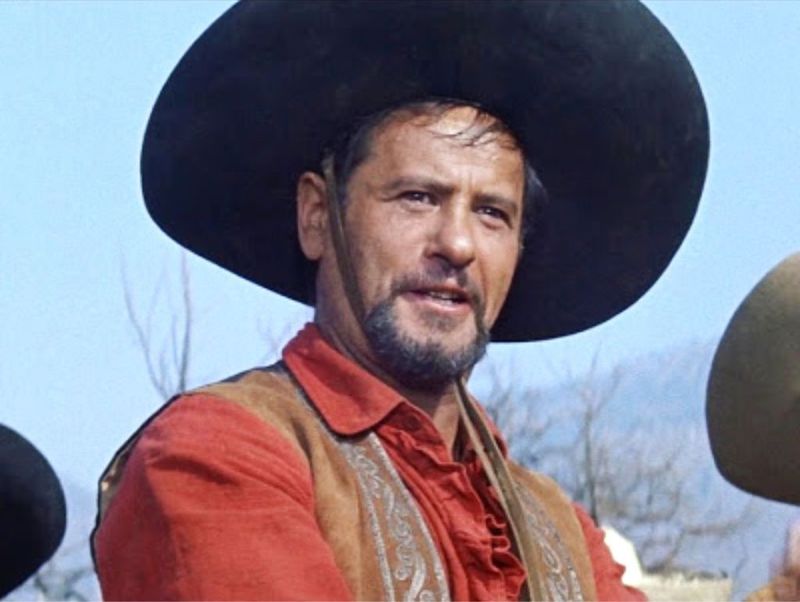
Eli Wallach’s cackling, gold-obsessed Tuco in “The Good, the Bad and the Ugly” created the template for the perfect Western villain – unpredictable, dangerous, yet strangely likable. His performance balanced menace with unexpected humor and even occasional pathos.
Wallach brought similar complexity to his role as the bandit leader in “The Magnificent Seven.” Though not traditionally associated with Westerns like some stars, his memorable antagonists proved essential to the genre’s development. Wallach’s theatrical training allowed him to create larger-than-life characters that never descended into mere caricature.
13. Gregory Peck
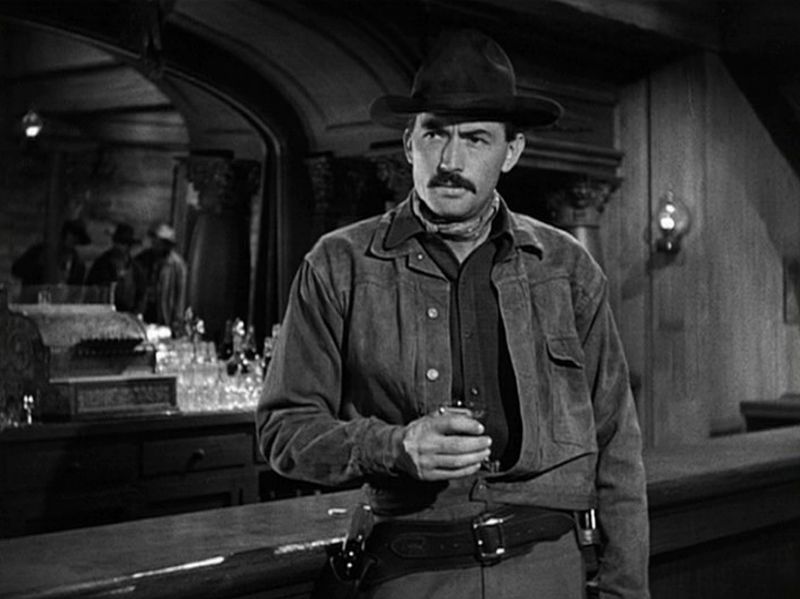
Gregory Peck brought Lincoln-esque moral gravity to his Western roles, most notably in “The Gunfighter” and “The Big Country.” His imposing height and measured speech lent weight to characters struggling with ethical dilemmas on the frontier.
Unlike more action-oriented Western stars, Peck excelled at portraying the psychological toll of violence. His characters often sought to avoid gunplay rather than glorify it. In “Duel in the Sun,” Peck demonstrated his range by playing against type as a morally corrupt rancher’s son.
14. Robert Mitchum
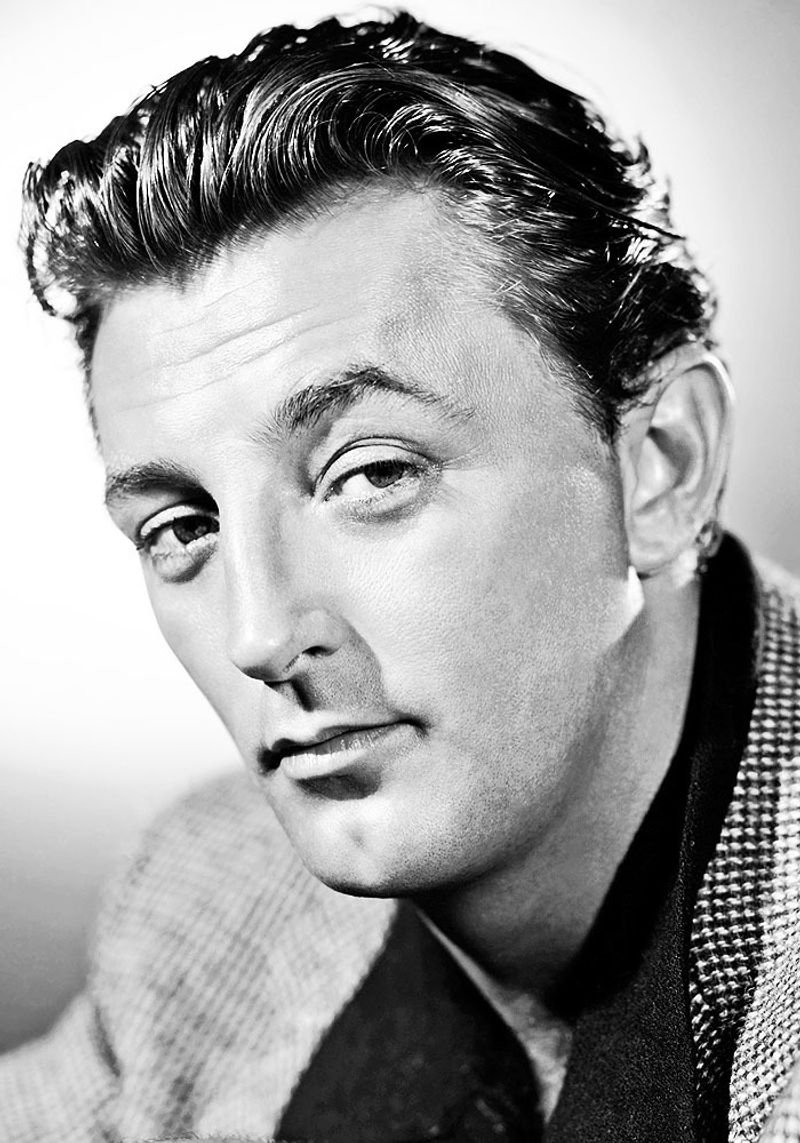
Heavy-lidded eyes and an air of dangerous indifference made Robert Mitchum perfect for morally ambiguous Western roles. His performance in “El Dorado” alongside John Wayne showcased his ability to convey both toughness and vulnerability with minimal effort.
Mitchum’s portrayal of an aging gunfighter in “The Shootist” revealed the depth he could bring to seemingly simple characters. His naturalistic acting style felt modern even in period settings. Whether playing hero, villain, or something in between, Mitchum brought an existential weariness to his Western characters that added psychological complexity.
15. Val Kilmer
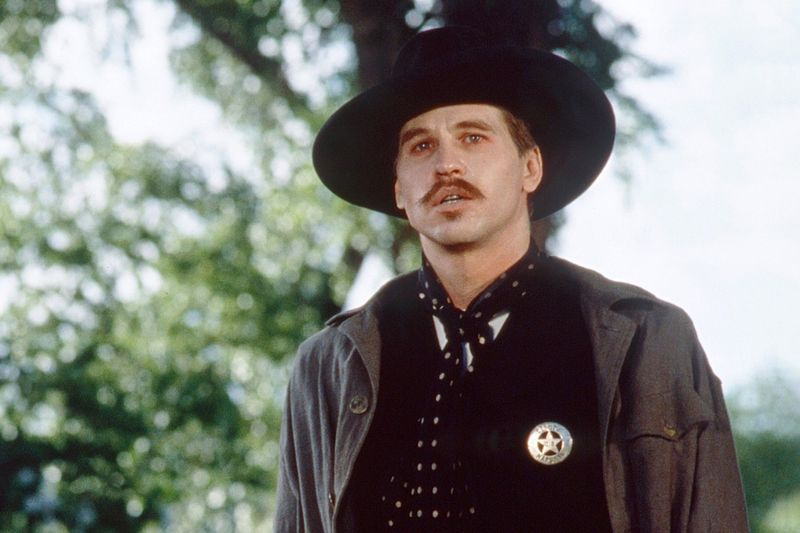
“I’m your huckleberry.” With that line and his scene-stealing performance as Doc Holliday in “Tombstone,” Val Kilmer created one of the most quotable and beloved Western characters of modern cinema. His consumptive dentist-turned-gunfighter combined deadly skill with sardonic wit.
Though Kilmer hasn’t been primarily associated with Westerns, his Holliday performance ranks among the genre’s most memorable. He balanced historical accuracy with theatrical flair to create a character both larger than life and believably human. Kilmer’s Holliday demonstrated how a supporting role could outshine the leads in a Western ensemble.

Comments
Loading…